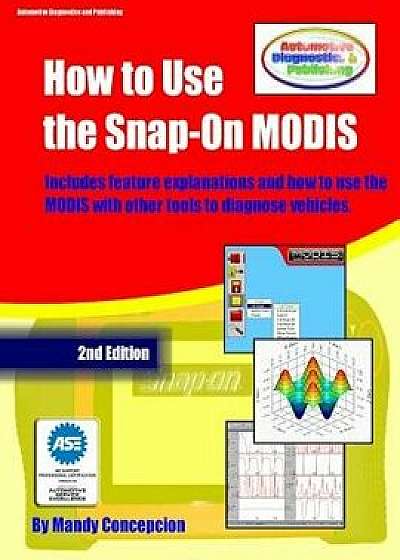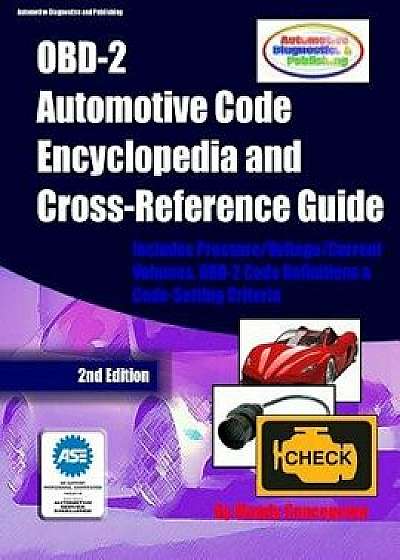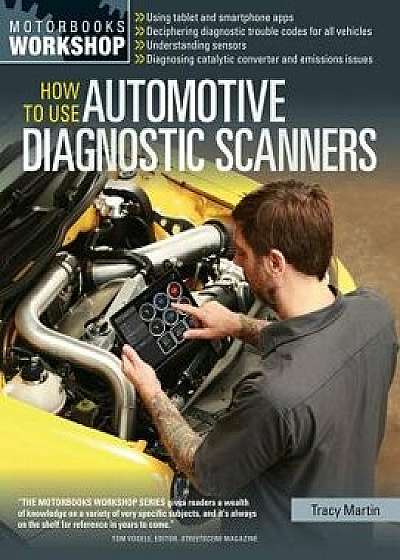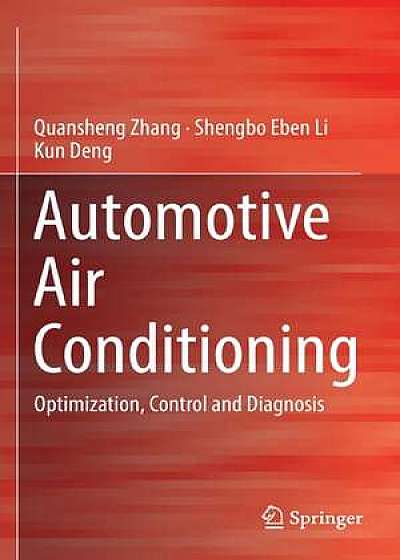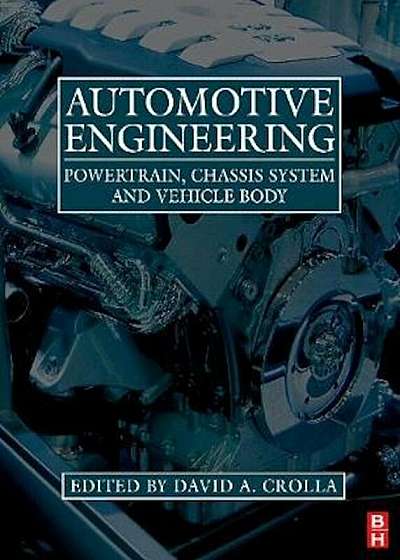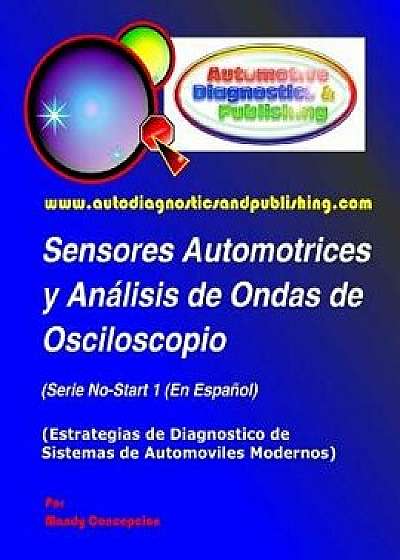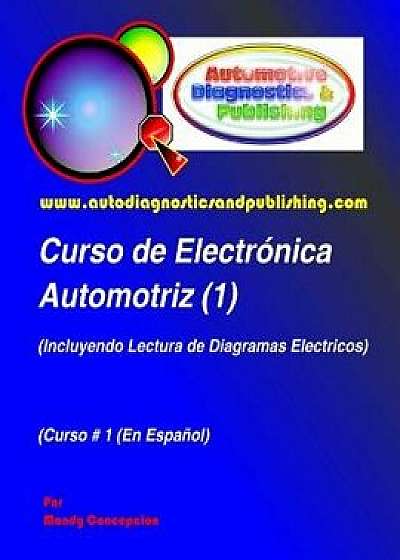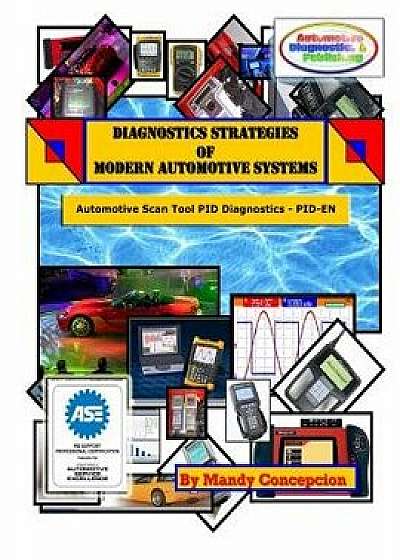
Automotive Scan Tool Pid Diagnostics: Diagnostic Strategies of Modern Automotive Systems, Paperback/Mandy Concepcion
Descriere
Automotive Scan Tool PID Diagnostics (Diagnostics Strategies of Modern Automotive Systems ) By Mandy Concepcion In this section, the different techniques of scan tool parameter (PID) analysis will be exposed. Techniques involving PID analysis are quickly catching on, due to their speed and accuracy. By properly analyzing the different scanner PIDs, the technician can arrive at the source of the problem much faster and accurately. These procedures give rise to the new term "driver seat diagnostics," since most of the preliminary diagnostic work is done through the scanner. However, these techniques will in no way replace the final manual tests that are a part of every diagnostic path. They are simply geared to point the technician in the right direction. Table of Contents INTRODUCTION (Introduction to scan tool diagnostics and the relevance of using PIDs or scanner parameter to perform the first leg of all diagnostics.) - Theory of Operation Behind the Different PIDs (Describes CARB, the difference between generic and enhanced PIDs, the FTP) - OBD II Generic PIDs (PID calculated and actual values, calculated data relationships, base injection timing, ECM value substitution) - OBD I & II General PID analysis (erasing code-or not, recording, analyzing and pinpoint tests, separating PIDs into groups) - Fuel Delivery Fault Detection (fuel delivery issues, intake air temp. sensor, BARO sensor, Engine LOAD, RPM PID, Short-Term Fuel Trims, Long-Term Fuel Trims, 60% of check engine light issues, block learn/integrators, Example 1: injector fault, Example 2: intake gasket issues, fuel status, ignition timing, MAP/MAF, TPS, O2 sensor, IAC, Closed Throttle, injector pulse width, voltage power, injector dutycycle, fuel trim cell) - Test #1 (Determining an engine's fuel Consumption (rich-lean operation, duty-cycle to fuel trim relationship, O2 sensor to fuel trim relation, FT and vacuum leaks, ignition timing and idle control, test conclusion) - Test # 2 (Misfire Detection Strate
